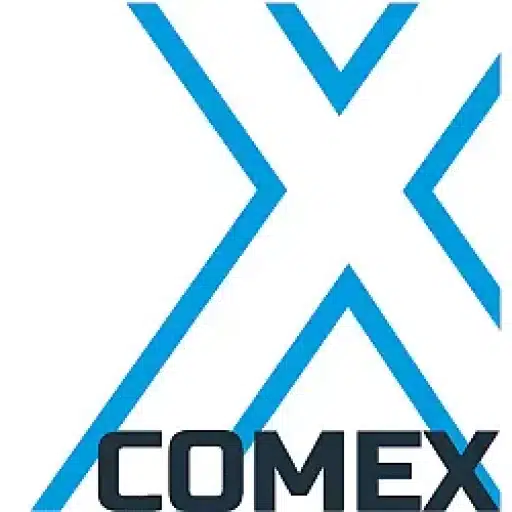+31 (0)43 30 88 400 | office@comex.eu

In our previous blogs, we talked about digitizing analog archives. A transition from file folders and paper to bits and bytes. Although these clearly take up much less space, even this data must be stored somewhere. If it’s a small amount of data, it doesn’t matter so much as long as security is guaranteed. But a large amount of data does require some considerations. Keep in mind that an archive almost always just grows and does not get smaller. And those who start digitizing would do well to already consider the various options in the plan of action.
Primary storage
In practice, we encounter it very regularly: the expensive primary storage is used as a place for archiving. This storage is very fast and data is available quickly, but for archival data this is not necessary at all. Some customers we first come to have hundreds of terabytes of archive data on high speed storage. These storages are well suited for data that changes permanently, and backups take place continuously. Archive data does not need that and even slows down the system unnecessarily. Moreover, this storage is not particularly safe, and its lifespan could also be more durable.
As paper
Very wise to choose storage that has longevity when it comes to archival data. Compare it to analog paper: for storage in an archive, you choose high quality paper that lasts a long time. You don’t do that on thermal paper, for example. It works the same way with digital storage: primary storage is not made for longevity either. Therefore, choose storage that will last as long as possible.
Service contract
And take note! It is essential to choose hardware whose service contract will last! Manufacturer maintenance ensures that you get the maximum life out of the hardware.
In our next blog, we would like to talk about other important prerequisites when choosing a good storage for the digital archive. Want to know more? Please inquire about the options Comex can offer!


